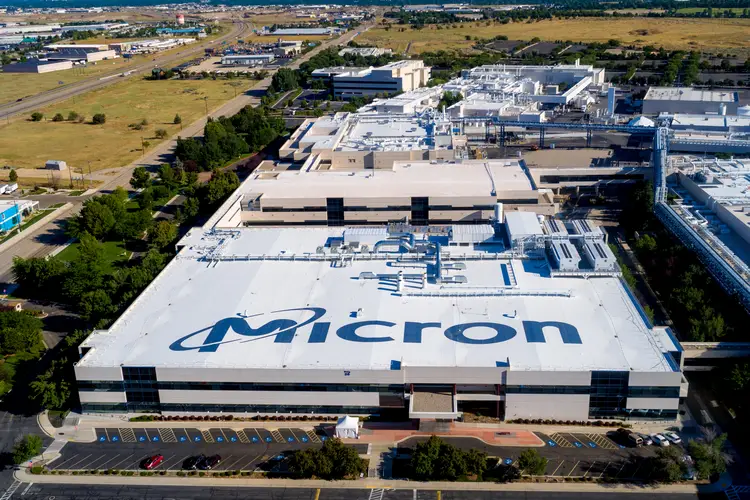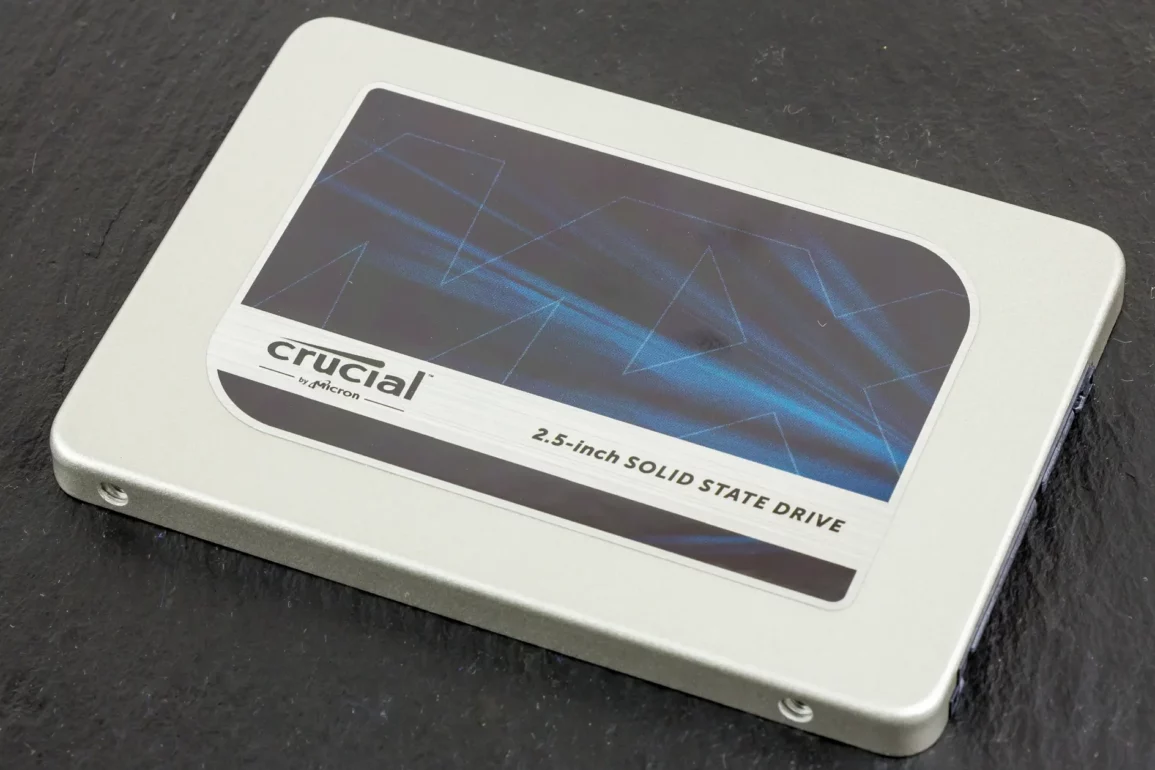Last Updated on June 21, 2023 by Nahush Gowda
SSDs have been around for years now, but they still haven’t reached their full potential yet. Storage capacity is one area where SSD lags HDD.
However, SSDs have started catching up. With higher and higher storage capacity, SSDs coming to market.
Thanks to company Micron, soon there could be 200 TB SSDs in the consumer market.
SSDs are made up of NAND flash chips. Companies like Samsung and Micron are common manufactures of NAND Flash storage chips.
Each NAND flash is made of layers. The more the layers, more memory can be stored. For example, a common 1 TB SSD may have 96 layers of memory cells.

Keeping up with this trend. Micron has started the production of the first 232-layer NAND chip. Making it the first in industry to breach the 200 layers mark.
This is what makes 200 TB SSD possible. Micron previously introduced 176- layers NAND Flash back in November 2020.
The new chip is physically smaller than its predecessor and boasts the highest area density of any silicon-based storage component.
This new breed of NAND flash and technology will encourage the launch of much smaller devices with larger storage capacities, including in SD card, USB flash drives and more.
The current record holder is a 3.5 inch 100 TB SSD made by NAND manufacturer NimbusData.
They’ll offer much faster boot times than hard drives and allow users to store hundreds of thousands of photos without worrying about running out of space. The new storage devices could hit stores by 2020. That means we might see them before most people realize there’s even a problem.
Micron also announced its next generation DDR4 memory chips called “NV-LPDDR4” that reduce energy usage by 30%.
This means that laptops powered by this type of RAM will consume much less electricity than before. The company says this reduction in power consumption helps extend laptop and other similar mobile devices’ battery life.
Micron already have a roadmap for going up to 500 layers along with introducing high density QLC as well.
This rapid progress in SSD technology may soon help SSDs beat HDDs in terms of price to storage metric.
But there is still a lot to see, as these drives may not be available in consumer market anytime soon. Plus, HDDs space is still having numerous upgrades.

Leave a Reply
You must be logged in to post a comment.